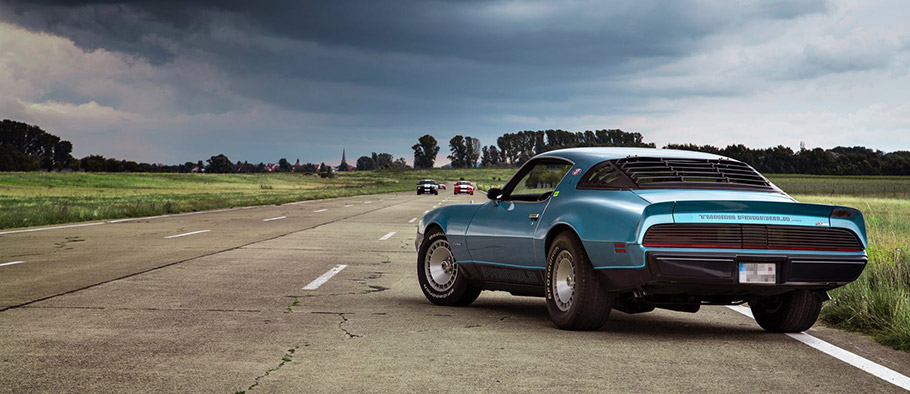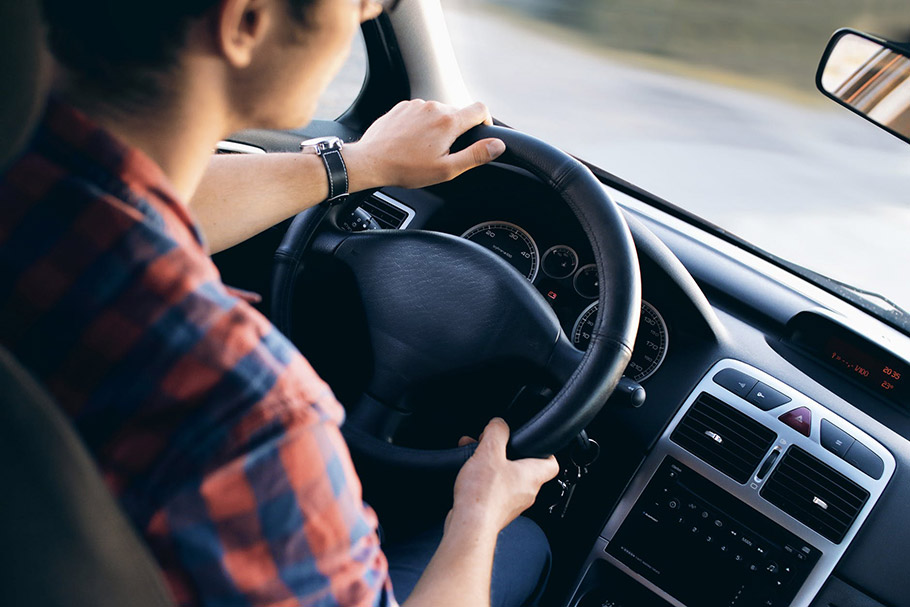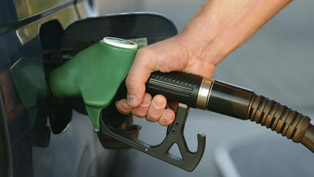Is there any chance to get a used car with no flaws?
 This is the real question.
This is the real question.
What are the chances you to buy a used car with no repairs needed?
It's something all of us are afraid of, saving money to buy a car, and when we finally find the one that meets all our requirements, we purchase it, and on the way back, it stops.
You paid for something that doesn't work the way the seller advertised it, it's broken and it needs further repairs. But all the used cars available on the market are broken? Here is what we found out.
Buying from a dealer is always recommended
Buying privately may sound like a good idea if you have knowledge. But if this is the first used car you are buying, purchasing from a dealer is your best chance to get a car with no flaws.
Before listing a car on sale, a registered dealer puts it through a rigorous inspection to identify all its flaws. In addition, most of the authorised garages sell cars with 6 or 12-months warranty. Yes, you will pay more than if you would buy it privately, but it offers peace of mind, you'll have no issues driving it for a long period.
Purchasing a car from a driveway trader can help you save money at first, but at the end of the day, it may turn out to be a false economy because the vehicle may be broken, and you have to pay more to repair it. The trader not only that doesn't check the car for flaws, but they will most likely try to hide if it has defects. The will do no more than washing and polishing it to make it look good for buyers.
All authorised car sellers have to comply with certain regulations when they sell used cars. They have to check, repair or replace all broken parts before they put the vehicle on sale.
View the car before purchasing it
You may find surprising but people choose to skip this step if they find a great deal online. You may have been there, you looked at a vehicle, you found perfect for your needs, and then you suddenly realised you have no idea if it's broken or not. To avoid the situation you pay more for repairs than for buying it, you should always check the car.
The car should be on level ground when you start checking its exterior. This way you can easily notice if there are parts that are sagging on the vehicle or if the tires are in good shape.
Start with the paint – the first thing you should inspect is the paint job of the car, try to identify all the rust spots, scratches or dents because they are signs that the car was not properly cared and maintained. If one of the sides of the car has a wavy look, the former driver probably had the paint done before listing it on sale.
Tires – it's important to control the tires to see if they are worn evenly. Bad alignment is always a sign of a hidden problem like frame damage, potholes or steering issues. Kick the tires and get down on your knees when inspecting them.
Frame – this is the moment when you should identify any replaced parts. The seller may inform you of the mechanic parts they replaced, but if the car experienced an accident, they will probably prefer to keep it a secret. Therefore, you should try to find out if one of the pieces was replaced. Inspect the frame of the vehicle, and focus on the spots where they connect. Any scratch or dent is a sign that some parts were changed due to damage. To make sure that the former driver didn't have an accident when driving the car is to conduct a VIN lookup, it will reveal to you information on the manufacturer, the year of production and if it was ever illegally modified, damaged or stolen.
Underbody – this part isn't pleasant, and it's quite difficult to assess, but it's crucial in determining if the vehicle is in a good state. For this step, you need to have the car raised to carefully inspect it for problems with the exhaust system and rust. If you notice black spots on the exhausting system, the car can experience leaking problems. It's also advisable to check if the underbody shows signs of damage because sometimes when repairing it people neglect the hidden parts.
Take it for a test

So the car looks great both inside and outside, now you should take it for a test.
- Does the vehicle start ok? Any problem to start is a sign of a damaged alternator or old battery.
- Some sellers warm up the car before you take it for a test to hide some problems. It's important to test the car from cold, it will help you evaluate its state.
- After you drive it for a while, you should turn it off and on multiple times to see how it starts both when cold and warm.
- During the test, you should constantly check the temperature gauge. If it gets up fast and it stays there, you may have to change the thermostat. If it overheats then it probably has serious problems.
- How does the steering work? Do you have difficulties in operating it? Does it make strange noises? Do you feel the wheel heavy when driving the car? Remove the hands from the steering for a couple of seconds and see if the vehicle pulls to one side. When on a flat road the car should go straight.
- Different cars have different types of suspensions, so you should take it on a bumpy road and listen for clunks.
- Take the car in a high traffic area, it will show you if it can keep up with the traffic and if it's performing as you expected. If you have the chance to ride it on an isolated road, you should hit the brakes hard to see if it stops cleanly or it pulls to one side.
All the above checks will help you purchase a car with low to no flaws.







